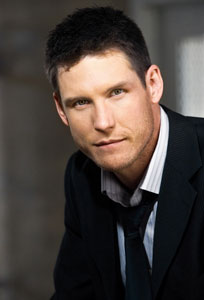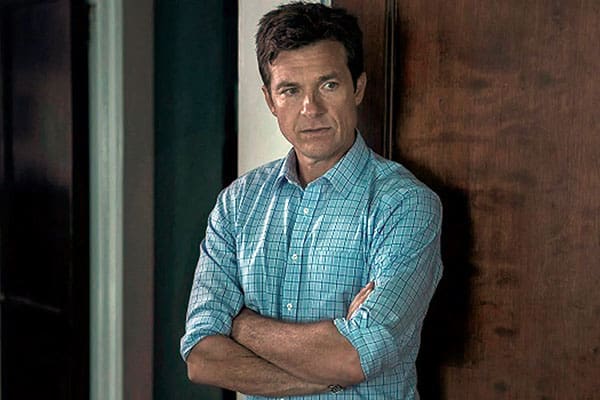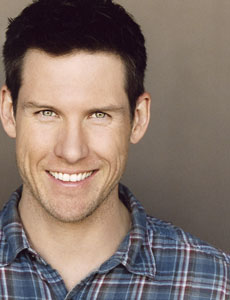 Written by Jamison Haase, L.A. On-Camera Training Center
Written by Jamison Haase, L.A. On-Camera Training Center
Don’t miss out on Part 1 and Part 2!
As an actor, I’m sure you watch a lot of film and television. But have you really thought about what elements are used to create the performances you love? Of course there’s talent and hard work, but what technical elements did those actors employ to make the greatest impact possible?
Over the course of the next several weeks, we’re going to distinguish and discuss the four principles to creating amazing on-camera performances, and give you real advice and tips that you can use in your auditions now. Three of these principles you are probably already highly trained in, especially if you worked in theater. But it’s the fourth that makes all the difference in on-camera work. It’s the fourth that most actors never learn. And it’s the fourth that can make or break any film or television audition.
3. Seamless Acting
The third principle needed for a captivating on-camera performance is one of the most simple to understand, but one of the most challenging to put into practice: Seamless Acting.
- We can’t see you working
What do I mean when I use the word “Seamless,” you might ask? Think of a magic show. A great magician seems to effortlessly make things appear and disappear, and it’s amazing to watch. If you saw how each illusion was created, however, it would no longer be as interesting — you would lose interest. The same is true of on-camera performances; if the audience can see you working, they will no longer care, stop watching, change the channel, or call in the next auditioner, as the case may be.
- Theater vs. Film & TV (again)
In the previous few columns we have discussed the differences between working in theater and working in film and TV. Seamless Acting is one of the most crucial. When you attend the theater, you expect a certain amount of “pushing” from the actors; after all they have to reach the back of the house. But there is no back of the house when acting on set or in an audition — you only have to reach the camera. Remember, film and television performing is all about intimacy. As Michael Caine says, “You don’t have to push like you do in theater, you just have to ‘Be.’”
- Just think thoughts and feel emotions
Think about the really great performers out there, you know who I’m talking about: Streep, Denzel, Pitt, Clooney, Foster, whomever. They could look out a window and it would be riveting, simply because they are thinking and feeling something. There’s no “acting” needed for film & TV — there’s just thinking and feeling. It does, however, take a tremendous amount of courage to do merely that. Your brain will scream at you to “do more.” But consider that if you’re already listening, thinking and feeling, any more would be too much. Sir John Gielgud said it best – the most difficult part of acting is: “Making it simple.”
Actors often forget that acting is not about being big, it’s about when life gets big. The best thing that you can do when working is to give a subtle and simple performance; you want to take the audience with you, not shut them out. Ben Kingsley said in every take he does, he strives to do LESS. Be fearless, be honest.
In our next column I’ll tell you about the one thing most actors need to be effective in film and television… something most of them aren’t even aware of. Stay tuned.
Jamison Haase opened L.A On-Camera Training Center in 2007. At LAOTC Jamison and the rest of the staff teach a simple, hands-on approach at acting for the camera developed by working actors directors and producers, geared specifically towards the audition. Would like more information about classes? Find several ways to connect with us, including our newsletters here: http://about.me/laoncamera.


